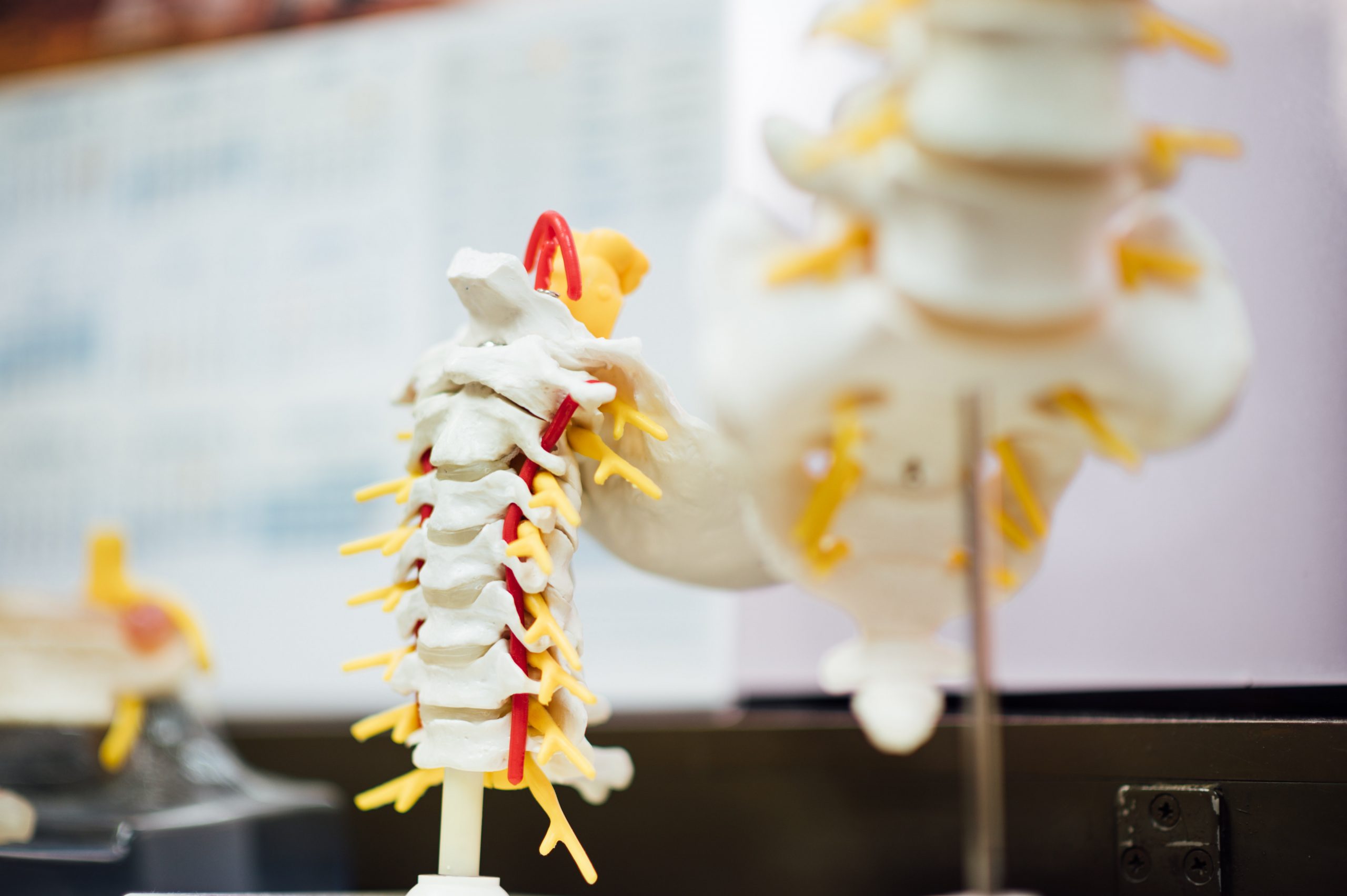Spinal Cord Injury Home Rehabilitation
High-level spinal cord injury (SCI) often involves the impaired function of the upper and lower extremities. Also, hand function defects are considered a high-priority problem by affected individuals without normal hand function. Activities of daily living – such as eating, grooming, and dressing – become difficult, often forcing people to rely on caregivers for even the most basic tasks. In addition, patients with shave severely impaired fine motor sensory functions, which are essential for manipulating objects.
Although the spinal cord injury center offers intensive hand rehabilitation or compensatory strategies during the subacute rehabilitation phase, significant functional impairment often continues during chronic SCI. This poses a challenge on how to provide an effective self-managed family therapy plan.
Uforya Medical has a variety of rehabilitation and assistive equipment to help patients with chronic spinal cord injury to perform ADL therapy at home. The Urehab Hand rehabilitation gloves include a large exoskeleton mounted on the back of the hand made of soft materials. It aims to assist patients to manipulate objects.
The success of self-administered hand therapy at home will depend on the use of simple orthopedic and rehabilitation equipment, which is also portable, cost-effective, easy to use, and most importantly, easy to put on and take off. This led to the development of lightweight and portable devices: Hand Rehabilitation Robotic Gloves: Urehab-HM and Hand Rehab Gloves: Urehab-HR without the assistive exoskeleton. The soft robotic glove is a promising device for self-managed home-based hand rehabilitation.
Several studies have investigated the self-direction, supervision, or self-management treatment of stroke patients. These studies investigated various technologies, including the use of new robotic systems for rehabilitation at home. The results of most of these studies have shown improvements in several outcomes for stroke participants. It also includes ADL performance that lasted for several weeks.
How do the Urehab hand rehabilitation gloves work?
The small and lightweight robotic hand rehabilitation gloves are designed to partially support the gripping function by providing additional force for the flexion of the fingers. It is a servo device that uses artificial tendons attached only along with the thumb, middle finger, and ring finger. The tendon is connected to the motor, which drives the movement of the thumb and fingers to generate traction.
The control algorithm is based on touch sensor signals located on the thumb, middle finger, ring finger, and palm. The device detects the intention of grasping or manipulating an object through a touch sensor. Then, applies the proportional bending force of the finger to promote a strong grip. The orthopedic effect of the device has been previously tested in a study in people with impaired hand function due to aging.
The purpose of the Urehab Hand Rehabilitation Gloves is to assist with self-managed home hand therapy robotics the improve hand function, thereby increasing recovery rates of a spinal cord injury.


